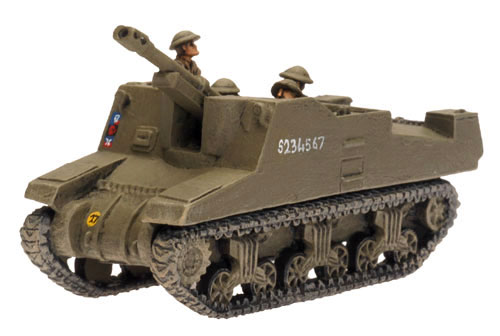 | Sexton (BR172) 25pdr Self-propelled Gun Howitzer
With the build up of British armoured forces in early 1942 a number of requests for self-propelled artillery support from Armoured Divisions in North Africa were received. They wanted artillery support that could travel with the tank columns. This would allow armoured divisions to operate self-sufficiently while mobile.
|
| The Sexton was designed in 1942 to meet these demands. The British General Staff decided to duplicate many of the features of the battle proven American M7 Priest. Instead of the American 105mm they decided that the 25-pdr field gun should be mounted on the vehicle. It was decide to utilise Canadian production facilities and base the new weapon in the hull of the Canadian RAM tank, itself, like the M7 Priest, based on the US M3 medium hull. | 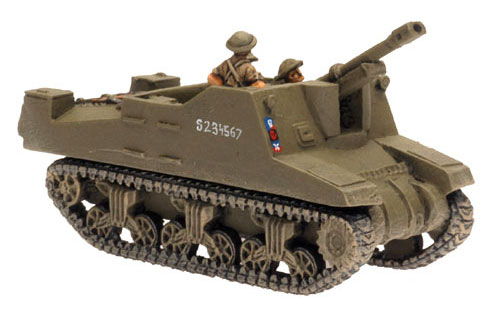 |
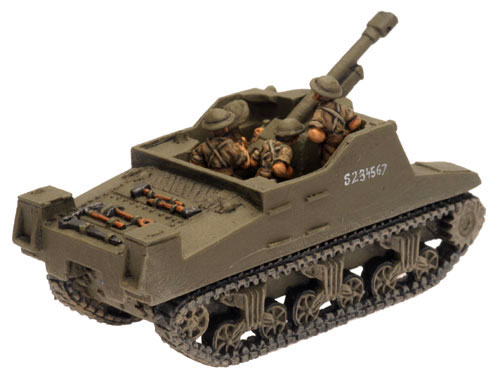 | The RAM was already discarded as a viable design so the chassis was made available for a number of different projects. Production started in early 1943 at the Montreal Locomotive Works. The vehicle proved successful and production was continued and by the close of 1945 a total of 2,150 Sextons had been built. During 1944 the Sexton replaced existing M7 priests in one Field regiment of each Armoured Division in British service. By the Normandy landings the Sexton had virtually replaced the US Priest in the British Army. It carried a crew of six and was armed with one 25pdr field gun. |
| In Flames of War
Self-propelled artillery is great for relocating when under pressure during a game, or repositioning when you run low on targets.
The armoured protection (front 1) of the Sexton gives you enough protection from infantry fire to protect the crew. Like their towed cousins they can be fielded in 8 gun batteries and get all the same special rules. Designed by Evan Allen Gun by Karl Cederman Painted by Wayne Turner Extra crewman added by Wayne, pack comes with 3 crew. | 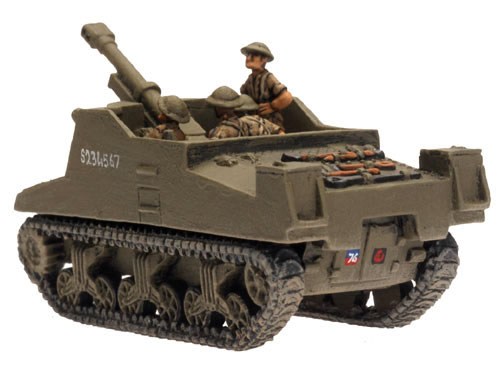 |
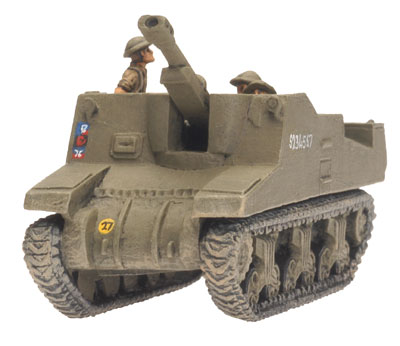 | 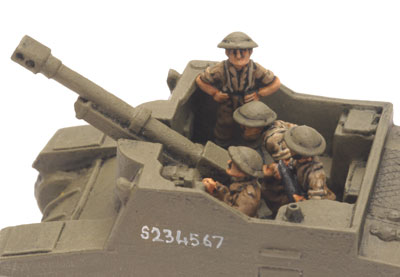 |
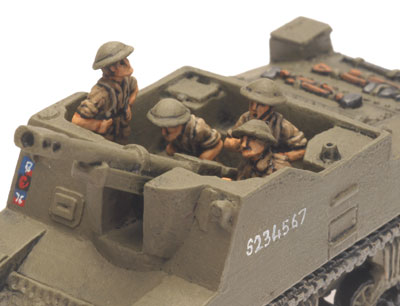 | 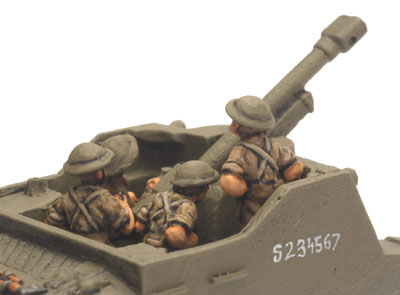 |

Ingen kommentarer:
Legg inn en kommentar